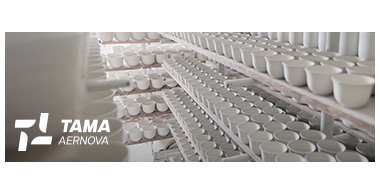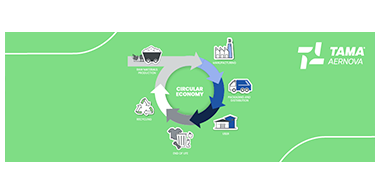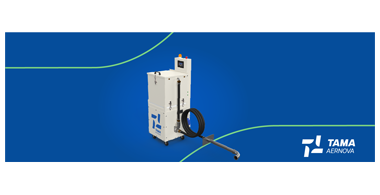
Explosive powders in the work environment
The risk of explosiveness of dust is a problem common to many industrial sectors. As you will read in the following article, the powders capable of generating a potentially explosive atmosphere are many and their danger should not be underestimated.
Here's an article of WebWire published in March 2018, to better understand the importance of this issue:
"Earlier this year, the Occupational Safety and Health Administration (OSHA) announced over $91,000 in proposed penalties for a pallet manufacturer in Illinois. This was the result of repeated violations including six serious and three other-than-serious.
One of the violations was for allowing combustible dust to accumulate on surfaces in the facility. Combustible dusts are fine particles that present an explosion hazard when suspended in air under certain conditions. OSHA reports that five elements are necessary to initiate a dust explosion, often referred to as the Dust Explosion Pentagon. The first three elements are those needed for a fire, i.e., the familiar Fire Triangle:
- Combustible dust (fuel);
- Ignition source (heat);
- Oxygen in air (oxidizer).
An additional two elements must be present for a combustible dust explosion:
- Dispersion of dust particles in sufficient quantity and concentration;
- Confinement of the dust cloud.
If one of the above five elements is missing, an explosion cannot occur. The ease of ignition and the severity of a combustible dust explosion are also typically influenced by particle size. Other factors that influence the explosiveness of dusts include moisture content, ambient humidity, oxygen available for combustion, the shape of dust particles and the concentration of dust in the air.
OSHA lists a number of industries at risk for combustible dust explosions, they include: agriculture, chemicals, food (e.g., candy, sugar, spice, starch, flour, feed), grain, fertilizer, tobacco, plastics, wood, forest, paper, pulp, rubber, furniture, textiles, pesticides, pharmaceuticals, tire and rubber manufacturing, dyes, coal, metal processing (e.g., aluminum, chromium, iron, magnesium and zinc), recycling operations, and fossil fuel power generation (coal)."
[Source: https://www.webwire.com/ViewPressRel.asp?aId=221668]
It is essential to avoid the above-listed conditions develop in an indoor environment, as it is essential to use ATEX certified products if these conditions cannot be avoided. When they occur, unmonitored explosions are often catastrophic, with serious consequences for the facilities and especially for people.
Tama Aernova has developed a wide range of products that solve this problem. These products have been designed to meet the requirements of current ATEX legislation, through the use of certified components that minimize the damage of a possible explosion.
Discover all the solutions Tama Aernova, designed in accordance with the ATEX Directive to ensure the safety in every work environment!



Comments